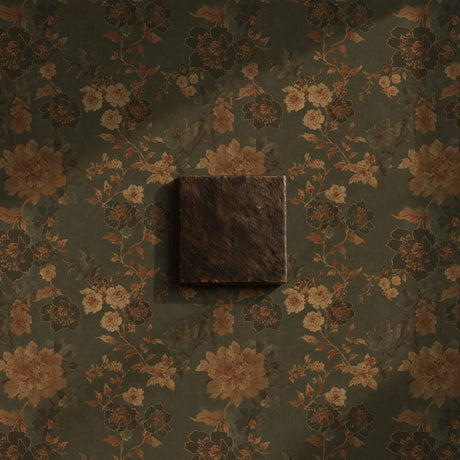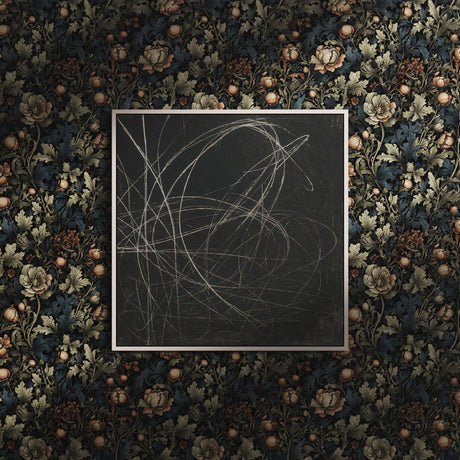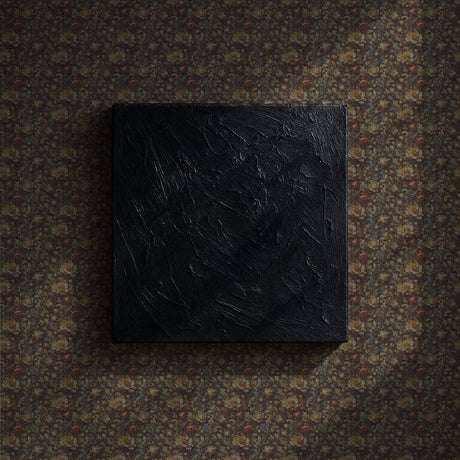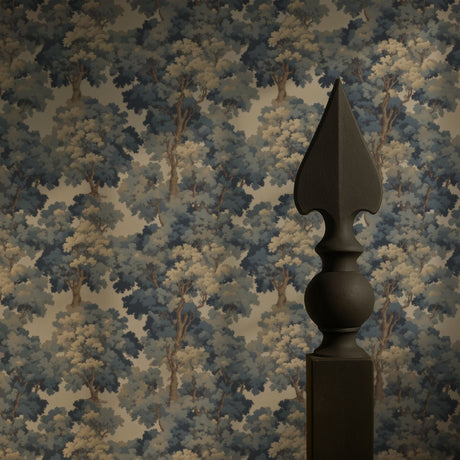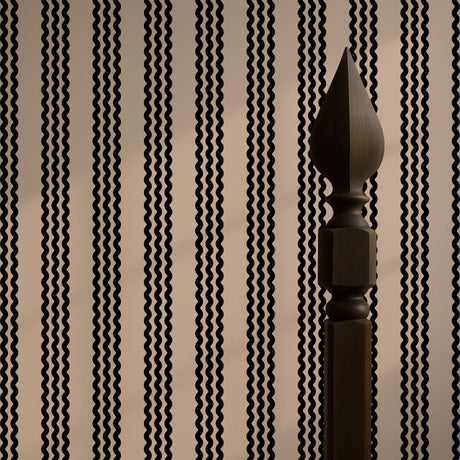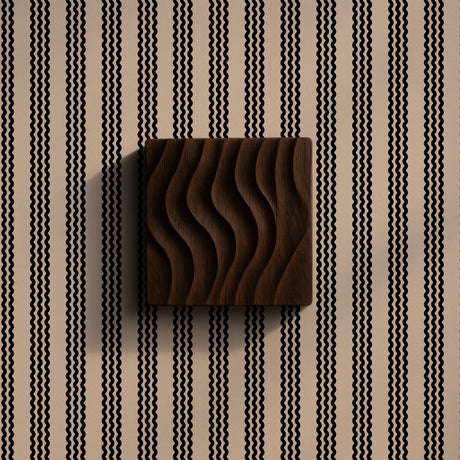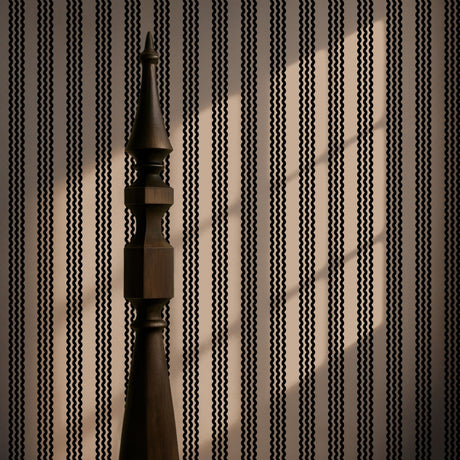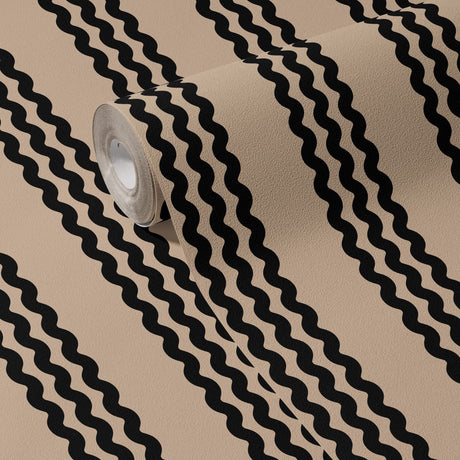Gallery Wall Layout Calculator
Gallery Wall Layout Calculator
Planning a gallery wall can be a fun yet challenging task. To help you get the perfect layout for your artwork, we’ve created a simple Gallery Wall Layout Calculator. This tool takes the guesswork out of spacing and aligning multiple pieces on your wall, ensuring your display looks balanced and professional. Here’s a step-by-step guide on how to use the calculator effectively:
Step 1: Gather Your Measurements
Before you begin, measure your wall and determine the following:
- Wall Width (in inches): The total width of the wall where you plan to hang your art.
- Wall Height (in inches): The height of the wall.
- Artwork Dimensions: Measure the width and height of each artwork piece you want to hang.
- Gallery Configuration: Decide on the number of columns (artworks per row) and rows (artworks per column) you’d like in your arrangement.
Step 2: Enter Your Wall and Artwork Dimensions
Once you have your measurements:
- Wall Width & Height: Enter the total width and height of your wall.
- Number of Columns and Rows: Input how many artworks you plan to display in each row and column.
- Artwork Width & Height: Enter the dimensions of a single artwork piece.
Note: The calculator assumes each piece is placed using the same dimensions, so consistency is key.
Step 3: Understand the Calculation
The calculator will perform a few key calculations:
- Horizontal Spacing: It determines the space between each artwork across the wall’s width. This ensures that the artworks are evenly distributed, with equal gaps on either side.
- Vertical Spacing: Similarly, it calculates the space between rows of artwork along the wall’s height.
- Artwork Positions: The tool then computes the (x, y) coordinates (top-left corner) for each piece, so you know exactly where to start placing each frame.
These calculations help you visualize the layout, ensuring that your frames are arranged in a neat, balanced grid.
Step 4: Review Your Results
After clicking the "Calculate Layout" button, the tool will display:
- The horizontal and vertical spacing (in inches).
- A list of artwork positions (by row and column) that tells you where each piece should be placed on the wall.
If the calculator shows a message indicating that the artworks do not fit within the wall dimensions, double-check your measurements or consider adjusting the number of artworks in your layout.
Step 5: Use the Information for Installation
With the results from the calculator, you can:
- Mark the wall lightly with a pencil to indicate where each frame’s top-left corner should be.
- Ensure that your artworks are evenly spaced and aligned.
- Adjust as needed if the initial plan doesn’t perfectly fit your design vision.
Final Tips
- Double-Check Measurements: Accuracy is key. Take precise measurements of both your wall and your artwork.
- Experiment with Layouts: If you’re not sure how many rows or columns to use, try different configurations in the calculator until you find one that best fits your space.
- Plan for Adjustments: Walls and frames can be imperfect. Use the calculator as a guide, and don’t hesitate to make small adjustments when hanging your art.
By following these steps and using our Gallery Wall Layout Calculator, you’ll be well on your way to creating a stunning, balanced gallery wall that perfectly enhances your space.
Happy decorating!


